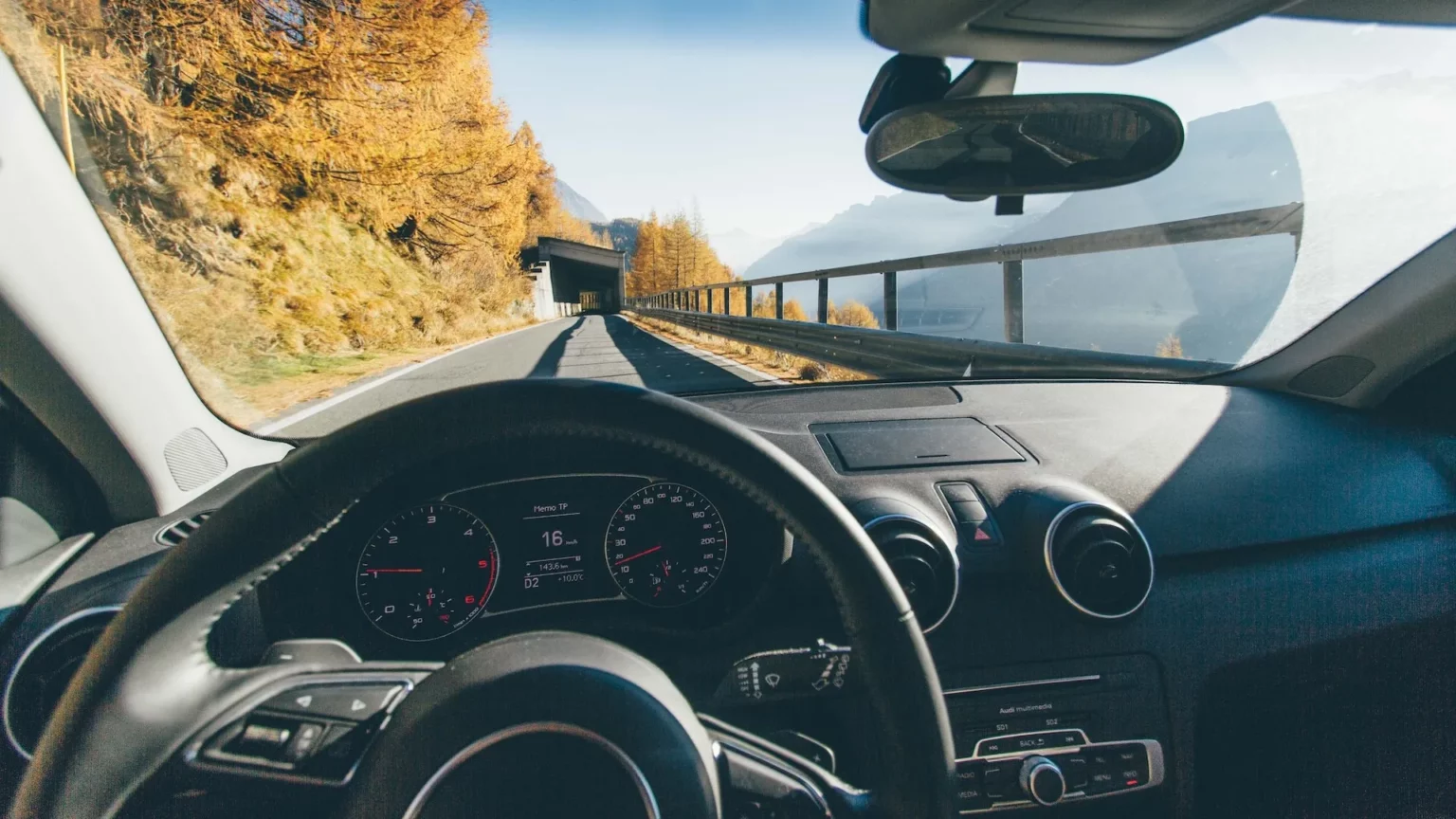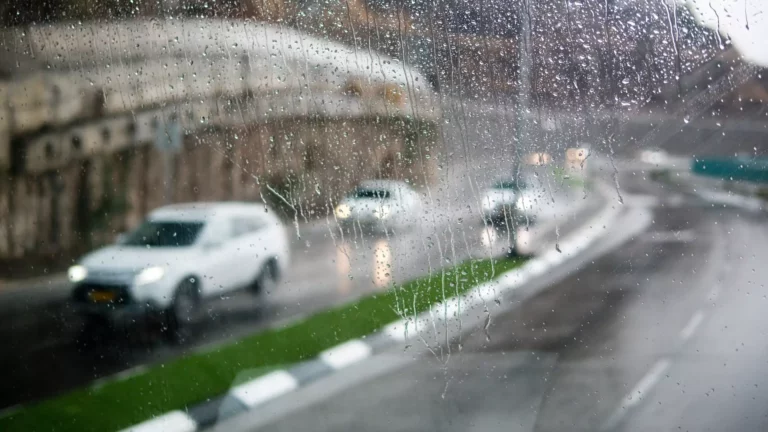Driverless Car Accident Lawsuit – A Legal Guide

When it comes to driverless car accidents in New Jersey, several parties could potentially be held liable. Depending on the circumstances of the accident, any or all of these parties may be found to have contributed to it.
The first party that may be at fault is the manufacturer of the automated vehicle, who may have designed and built a vehicle with unsafe features or components that led to an accident. Additionally, if the automated vehicle software was not properly tested and certified for use on public roads, then the manufacturer could also be held responsible.
A second potential party at fault is the company deploying the automated vehicles. If they failed to adequately assess safety systems before putting them on public roads or did not properly maintain their vehicles, they could be found at fault. Furthermore, if the driverless car was not operated according to safety protocols or government regulations, then the company may also be responsible.
Finally, a third potential party that could be held liable is the user of the automated vehicle. If they were using their vehicle recklessly or failed to take appropriate precautions while operating it, they may be held accountable for any resulting accidents or injuries. Additionally, if a driver was using an automated vehicle while under the influence of alcohol or drugs, this too could lead to liability being placed on them in cases of an accident.
Overall, when it comes to driverless car accidents in New Jersey, all three parties mentioned above – manufacturer, deployer, and user – could potentially be held liable depending on the circumstances of the accident. Therefore, it is important to assess each case thoroughly to determine who was at fault and who may be responsible for any damages or injuries caused by the incident.
Who is at fault if the car is partially autonomous?
In the event of an accident involving a partially autonomous car, determining fault can be a complicated matter. If the car was in control at the time of impact, then the driver in the vehicle may not be considered at fault for any resulting damage or injury. However, if it can be proven that the driver was negligent in their operation of the vehicle – such as by failing to pay attention to traffic signals or surroundings – then they could still be held responsible for damages caused by their negligence.
Even when operating a partially autonomous car, drivers are still expected to remain alert and attentive while behind the wheel. This includes actively monitoring and responding to changing traffic conditions and intervening if necessary; if there is no intervention from the driver when it is warranted and an accident occurs, the driver could be held liable for any resulting damage or injury.
The law surrounding autonomous vehicles is still developing, so it’s important to stay up to date on your local laws regarding partially autonomous cars. It’s also wise to practice extra caution when operating a partially autonomous car; even if you are not ultimately held responsible for an accident, it will still save time, money, and hassle, in the long run, to take all necessary precautions while driving.
In summary, a driver in a partially autonomous car may be at fault in an accident if they are found to have been negligent in their operation of the vehicle. However, since laws surrounding these vehicles are still being developed, it is important to stay up to date on your local laws and practice extra caution when driving these cars. Taking all necessary precautions could save time and money in the long run.
What kind of compensation can I get after a driverless car accident?
In the state of New Jersey, an injured person in a car accident involving an autonomous vehicle may be entitled to various forms of compensation. Depending on the circumstances of the accident, this could include economic damages such as medical expenses and lost wages, as well as non-economic damages such as pain and suffering or emotional distress.
Economic damages typically cover out-of-pocket costs for items like hospital bills, prescription medications, physical therapy fees, counseling services, prosthetic devices, or other medical care necessary for recovery from injuries sustained in the accident. Lost wages can also be included if the victim was unable to work due to their injury.
Non-economic damages are designed to compensate victims for losses that have no tangible value. Pain and suffering, mental anguish, loss of enjoyment of life, and disfigurement are some of the most common types of non-economic damages sought in a personal injury case.
In general, the more severe the injuries sustained in an autonomous vehicle accident, the higher the likelihood that victims will be able to collect larger amounts of compensation. In addition, if there was negligence or other contributing factors that led to the accident, such as defective auto parts or a failure to properly maintain a vehicle, this could also increase the amount awarded in damages.
No two car accidents involving autonomous vehicles are alike; therefore, it is important for anyone injured in such an incident to seek legal counsel as soon as possible so they can get an accurate assessment of their rights and potential compensation. A qualified personal injury attorney can evaluate the details of a case and fight for maximum damages on behalf of their client.
This information is not intended to serve as legal advice; it is provided for educational purposes only. The reader should always consult an attorney for specific guidance about their situation.
Can the family file a lawsuit in a fatal driverless car accident?
Yes, someone can file a personal injury case in a lethal car accident with an autonomous vehicle. In most cases, the driver of the autonomous vehicle is liable for any damages or injuries that occur as a result of the accident. If negligence was involved on the part of the driver, then they could be held accountable for their actions.
In addition to filing a personal injury case against the driver of the autonomous vehicle, it may also be possible to take legal action against the manufacturer and/or designer of the car if it is determined that there were flaws in its design or production process that contributed to the accident. This type of legal action is often referred to as “product liability” and requires evidence showing that defects in design or manufacture directly caused the accident.
It is important to note that most states require a victim of an auto accident to file a claim within a certain amount of time and this applies to accidents involving autonomous vehicles as well. Therefore, it is advised to contact an experienced personal injury attorney to ensure that any claims related to the accident are filed promptly. An attorney can also provide valuable advice on how best to proceed with filing a personal injury case, as there may be various legal options available depending on the facts of the case.
Ultimately, if someone has been injured or lost their life due to an autonomous vehicle accident, they have the right to seek compensation for their losses through legal means. With the help of an experienced personal injury attorney, they may be able to recover damages from any liable parties.
How do I show who was responsible for a driverless vehicle accident?
To prove that the autonomous car is at fault in an accident resulting in personal injury in New Jersey, the claimant must provide sufficient evidence and establish a direct connection between the driver’s negligence and the resulting injuries.
The claimant must first gather as much evidence as possible about the circumstances of the accident. This includes any eyewitness testimony or photographs/videos taken at the scene, police reports, medical records, repair bills for damaged property, insurance policy details, and data from onboard computers regarding how the car was being operated. This can be used to demonstrate what happened before, during, and after the crash.
Next, all relevant parties involved should be identified. The most common groups would include the injured party (the claimant), the driver of the car, and any other individuals involved in the incident. The driver’s employer (if applicable) might also be held liable for damages depending on how their employment affects the liability of the accident.
After all, evidence has been gathered and parties have been identified, the claimant must establish that there was a direct connection between their injuries and the driver’s negligence or recklessness. This can involve demonstrating that the driver failed to act with reasonable care, such as disregarding traffic laws or operating an autonomous vehicle without proper training or knowledge.
Any legal action taken against an autonomous car in New Jersey is subject to relevant state laws such as those about vicarious liability and product liability. Vicarious liability holds employers responsible when a driver’s negligence results in an accident, while product liability applies if the car or its components are found to be defective or malfunctioning.
Claimants need to keep detailed records of all evidence related to their case and consult with a qualified legal professional before filing any lawsuits. An experienced attorney can help evaluate the strength of the case and provide advice on how best to pursue damages from those responsible for causing harm. They may also assist in navigating any potential obstacles that may arise from challenging unique autonomous vehicle laws.
In conclusion, proving an autonomous car is at fault in New Jersey due to negligence or recklessness requires gathering sufficient evidence about the circumstances of the crash and establishing a direct connection between the driver’s negligence and the resulting injuries. It is also important to consider any relevant state laws about vicarious liability or product liability to maximize legal protection for claimants. A qualified legal professional can provide invaluable advice on how best to pursue damages from those responsible for causing harm.
How do I know if the manufacturer or the driver of the autonomous car is at fault?
In determining if the driver or manufacturer of an autonomous vehicle is at fault in an accident, it is important to consider several factors. First, it is necessary to evaluate whether any laws were broken during the incident. If so, the party responsible for breaking the law may be held liable for negligence and damages resulting from the accident.
The second factor to consider is who was in control of the vehicle at the time of impact. If it was determined that a person (e.g., driver) was in control, then liability would likely be placed on them rather than on the manufacturer of the vehicle. However, if an automated system or algorithm was controlling the car, then responsibility may shift to the maker instead of or in addition to the driver.
The third factor to consider when determining liability is whether or not the manufacturer was aware of any known issues with the vehicle’s safety systems before the accident. If it is determined that they were aware of a potential problem and failed to take corrective action, then they may be held liable for negligence and damages resulting from an accident.
Finally, experts may need to analyze data from various sources including the car sensors and its navigation system to determine how much responsibility should be attributed to both parties. This includes looking at how fast the car was going, what route it was taking, and whether or not it followed all necessary driving laws. The results of this analysis will help determine who bears ultimate responsibility for the accident.
Ultimately, the determination of who is at fault for an autonomous vehicle accident will depend on a variety of factors that need to be thoroughly analyzed to conclude. This includes evaluating any laws broken, determining who was in control of the car, analyzing whether or not the manufacturer was aware of potential safety issues before the incident, and using data from various sources such as car sensors and navigation systems to determine how much responsibility should be attributed to both parties. By doing this detailed evaluation, it will be possible to accurately attribute liability for any autonomous vehicle accidents.
It is important to note that each case will require its specific assessment and all relevant evidence must be examined before deciding on fault. As autonomous vehicles become more prevalent and their use expands, courts will likely develop a body of precedent to help guide future cases. Therefore, all parties involved in an accident must remain aware of new developments in the field of autonomous vehicle technology and law.
By understanding the laws surrounding autonomous vehicle liability and keeping up with advances in technology, individuals and companies can better prepare themselves for any potential accidents or disputes. This can help ensure that those responsible for an accident are held accountable for their actions, thus protecting both drivers and manufacturers from unnecessary blame or legal complications.
Related Blogs
No Fee Unless
GGL Wins
We've got you covered.
We are available 24/7/365
One of our advisers will contact you.

OFFICIAL PARTNER OF RUTGERS ATHLETICS



Recent GGL Wins
Auto Accident
Mediation award Plaintiff was injured in an intersection motor vehicle collision resulting in neck and lower back fusion surgeries.
$2 Million
Verdict
Workers' Compensation
25-year-old laborer died in an industrial accident while working.
$1.15 Million
Verdict
Construction Accident
Roofer fell off roof causing head trauma resulting in a head injury. Plaintiff was not given fall restraint protection equipment by contractor.







